Jordan Lyles Is Riding Curveball His to Success
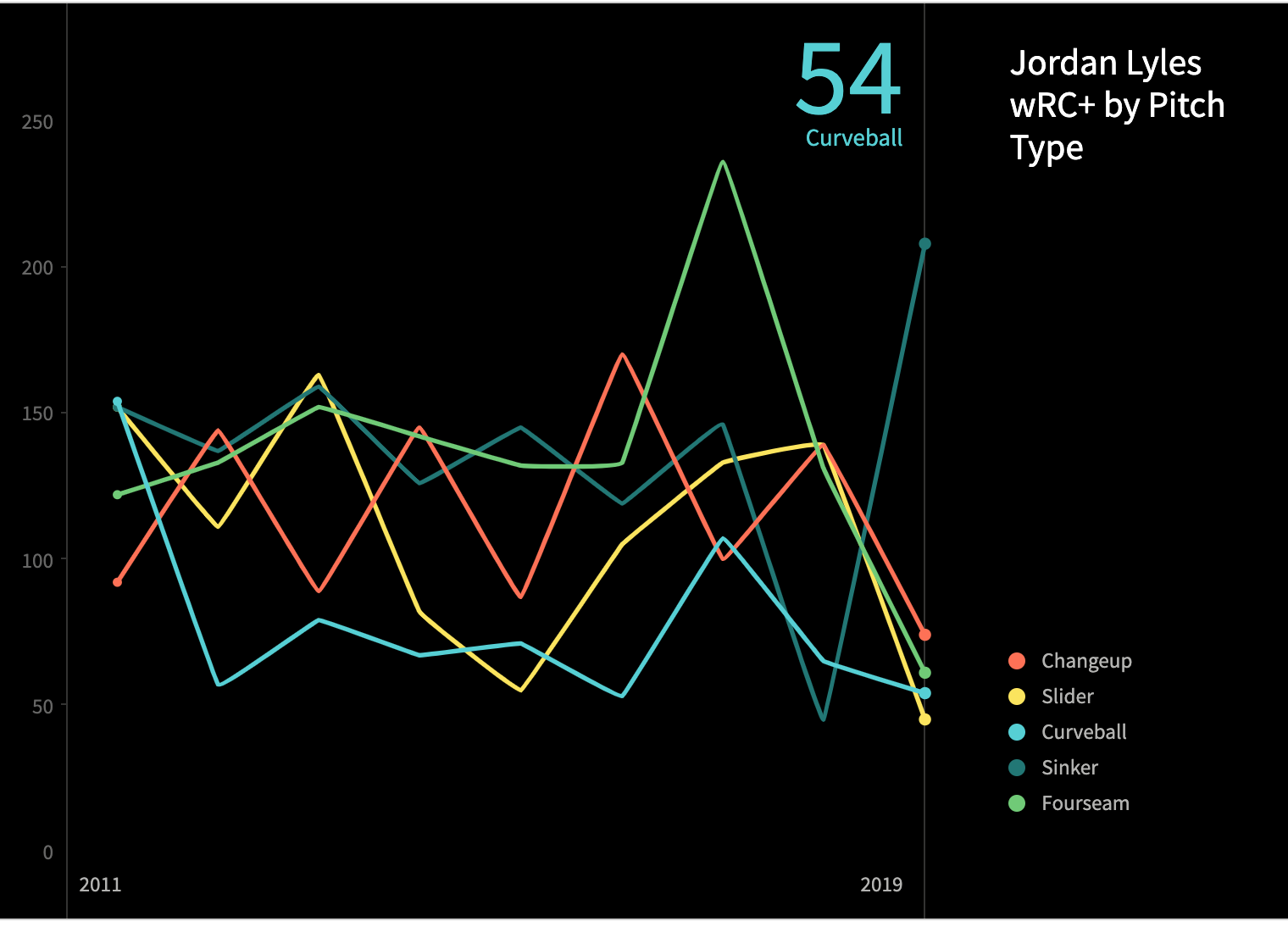
Jordan Lyles is a 28-year-old former first round pick, a former top prospect, a grown-up wunderkind. Jordan Lyles is having a tremendous season throwing the ball. Normally, the second sentence wouldn’t be a surprise given the content of the first. The problem here is that the subject matter’s path from the first sentence to the second has been… slow.
Jordan Lyles was 20 years old when he first got called to the Majors in 2011 on a bad Astros team. He was probably not quite ready and he struggled to a 5.36 ERA. That’s not ideal, but pitchers go through growing pains all the time. Lyles was just 3 years removed from pitching against high schoolers when he was tasked with facing Major Leaguers. Struggling is normal, the expectation is that talented youngsters also adjust. But the adjustment was slow to happen in Lyles’ case.
Here are Lyles’ Major League ERAs to start his career:
- 5.36
- 5.09
- 5.59
- 4.33
- 5.14
- 5.83
- 7.75
- 4.11
Here is Lyles’ ERA this year: 2.09.
This isn’t the case of Lyles switching to a relief role, suddenly gaining a few miles per hour, and becoming dominant. That transition seems to happen somewhat frequently. Rather, Lyles had previously struggled through both short relief roles and attempts at long starts. But to start 2019, Lyles has put together 7 starts and averaged over 5 innings per start with the above mentioned ERA. So the obvious question becomes: How has he done this and is it sustainable?
That’s not an easy question to answer, but I have some ideas.
The usual options when looking for answers to early season success are to look under the usual small sample indicators. Sure enough, Lyles’ batting average on balls in play (BABIP), .245, and left on base percentage, 85%, are both among the league leaders. That’s disappointing, but we shouldn’t expected Lyles to hold a near 2.00 ERA for the full year. Jordan Lyles would probably be happy with a career-best ERA; one that starts with a 3 at season’s end would be just fine.
But let’s look a little deeper into his stats to see if we can find something that has precipitated that good fortune, perhaps even caused a bit of it. Let’s look first to his pitching repertoire and how it may have shifted over time, courtesy of baseballSavant.
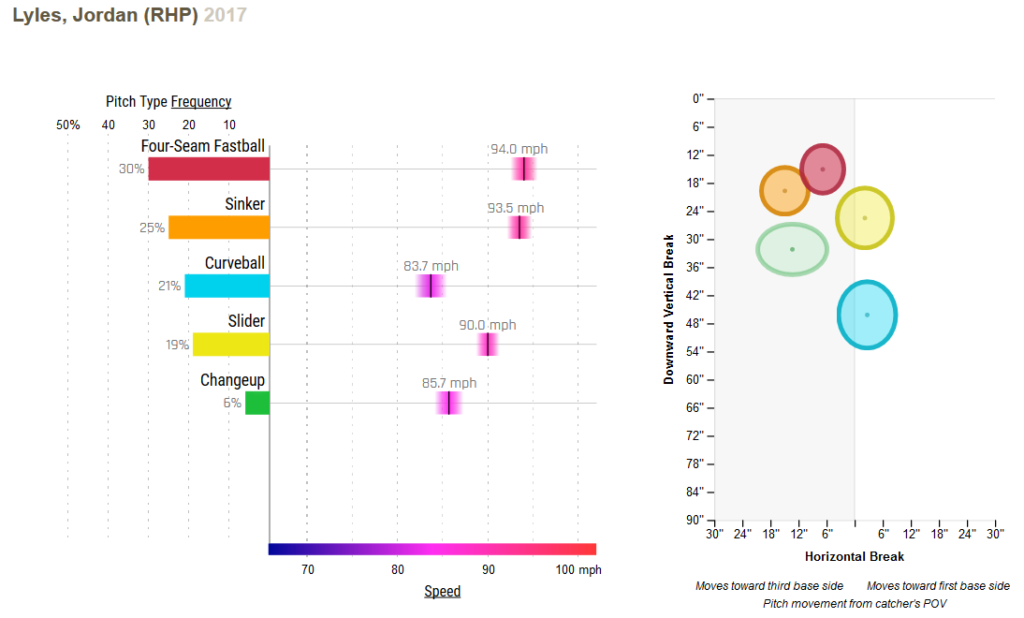
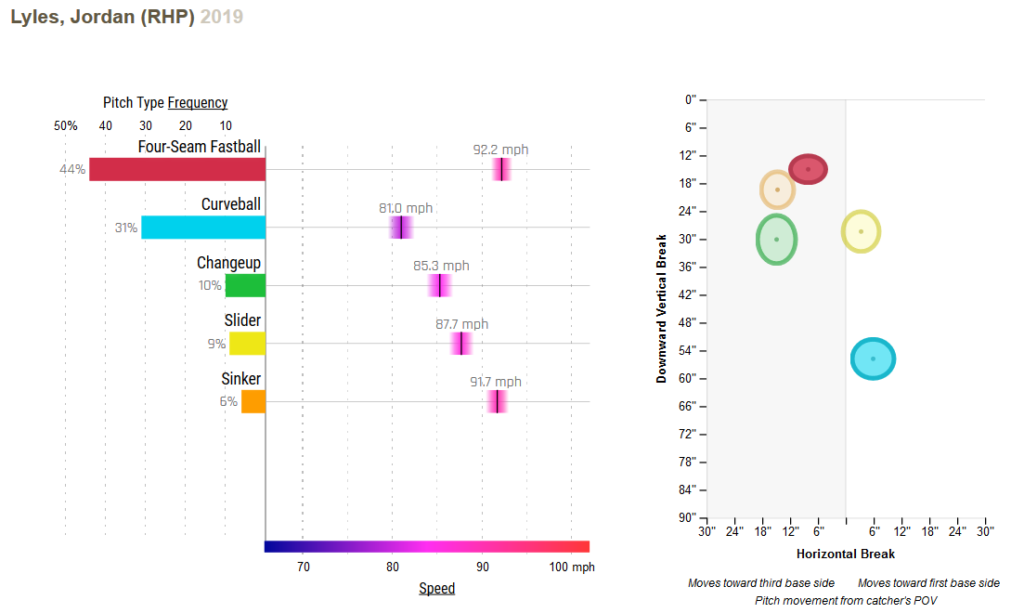
Those visualizations contain a ton of good information, like that his fastball has lost a tick (likely due to being used as a starter, rather than reliever) but I want to point you towards the curveball.
Lyles is using the curveball way more with the Pirates than he had previously. He’s also got a better curveball than he had previously: it drops more and breaks more horizontally. He’s also effectively abandoned the sinker.
Why the Pirates encouraged Lyles to make this shift was relatively straightforward: Lyles has always had a good curveball and a bad sinker. Below is a chart of Lyles’ annual wRC+ by pitch type. Note that the curve is almost always his best pitch.
So Lyles is throwing his best pitch more often and is having success? That’s it? Well yeah. But I there’s one more reason for Lyles’ improvement. That curveball is playing off of a much improved fastball. Lyles appears to have embraced the Blake Snell school of fastball location: Up.
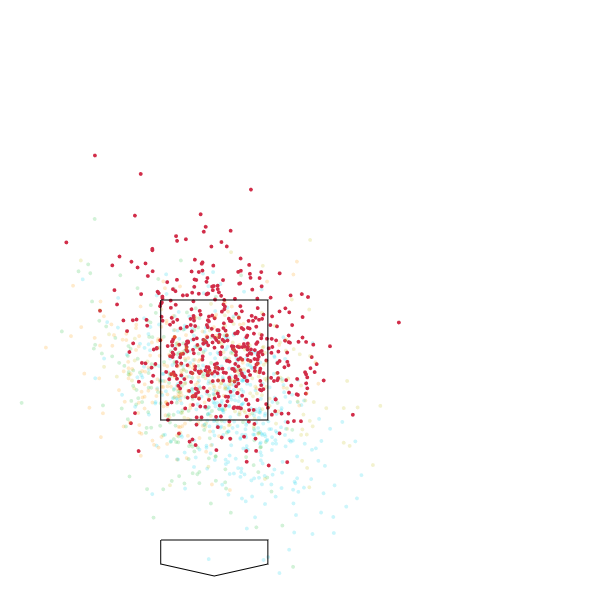
Jordan Lyles 2019 Fastball Location 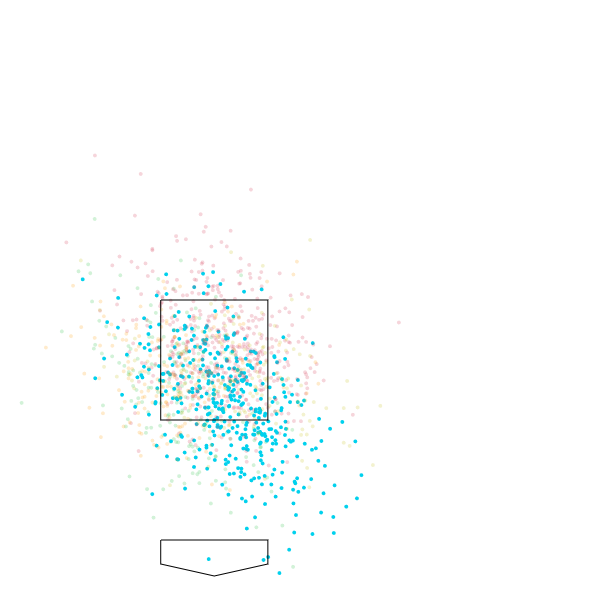
Jordan Lyles 2019 Curveball Location 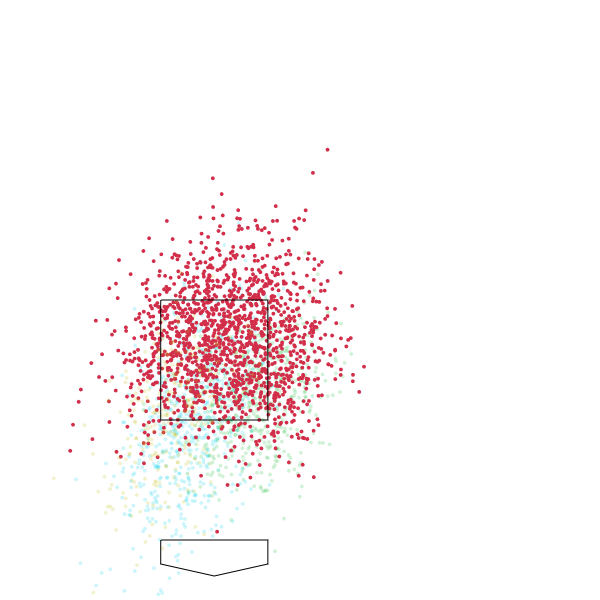
Blake Snell 2019 Fastball Location 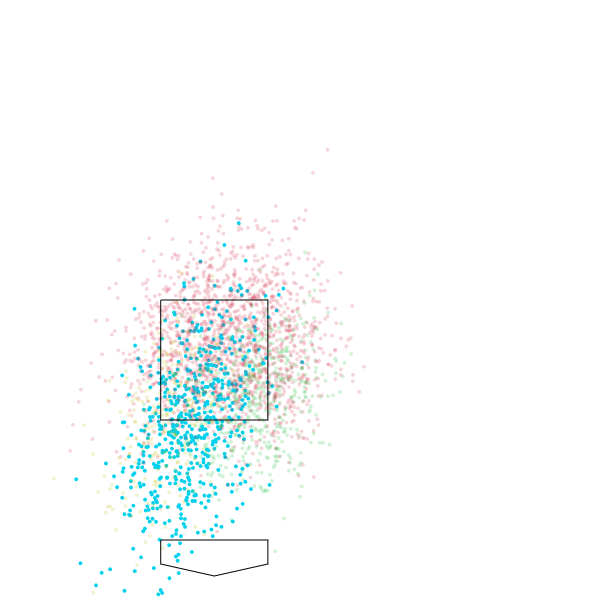
Blake Snell 2019 Curveball Location
Mimicking the reigning MVP is a good idea. This works for Snell and Lyles because their curves have such tremendous drop. The pitches look similar for longer than most.
Here’s some strikeouts resulting from those pitches looking similar.
Look, the point here is that Jordan Lyles, at the tender age of 28, appears to have figured a few things out under the tutelage of the Pirates. It sure seems like he has been around forever since he made his Major League debut at the age of 20, but Lyles could be entering his second-life as a big leaguer, this time with ERAs that start with 3s and without the trips to the Minors.
-Sean Morash












